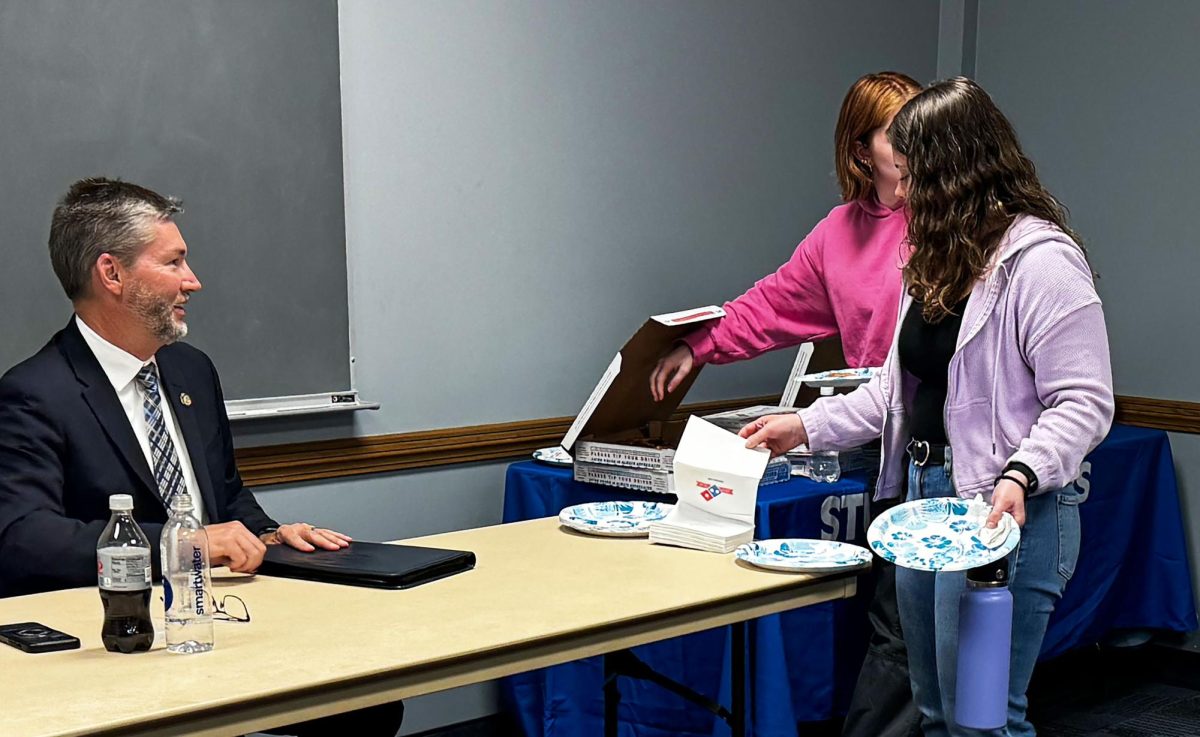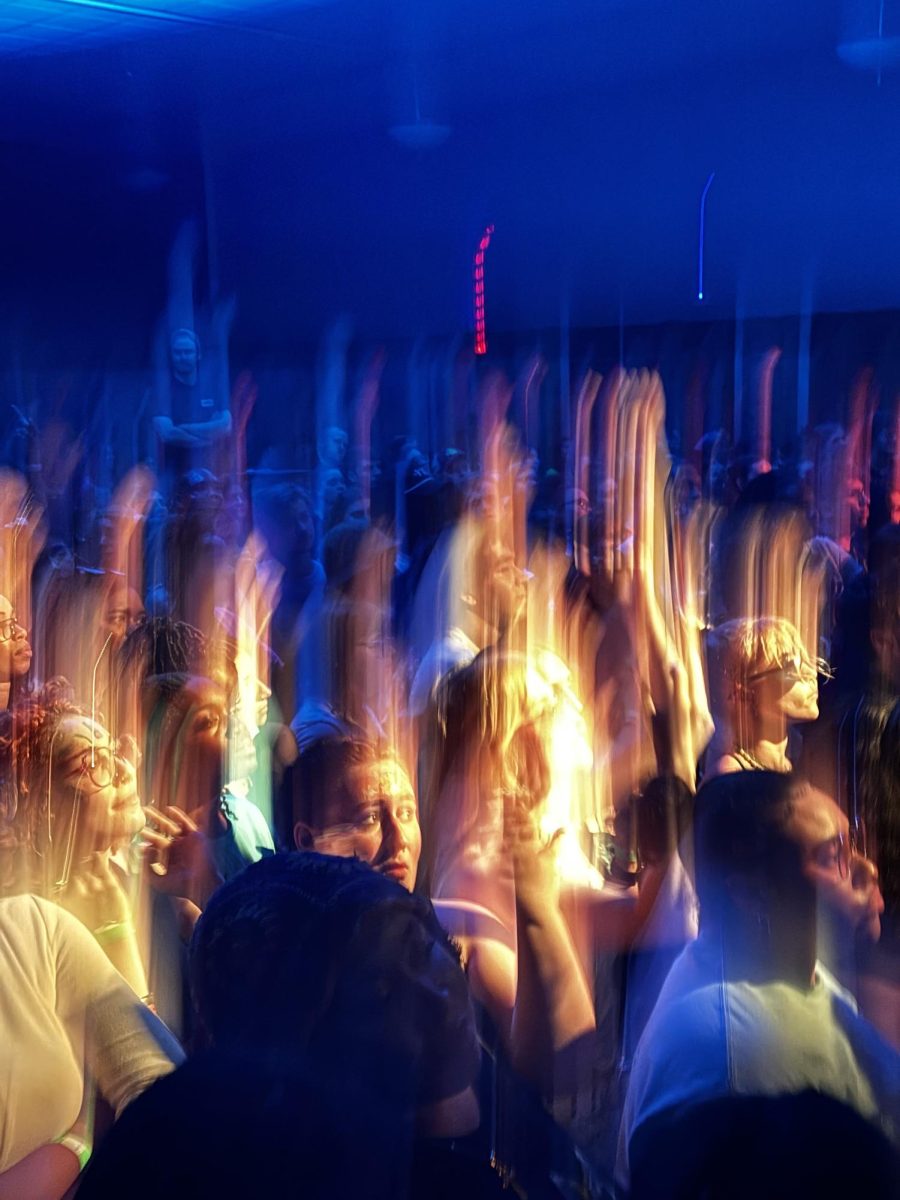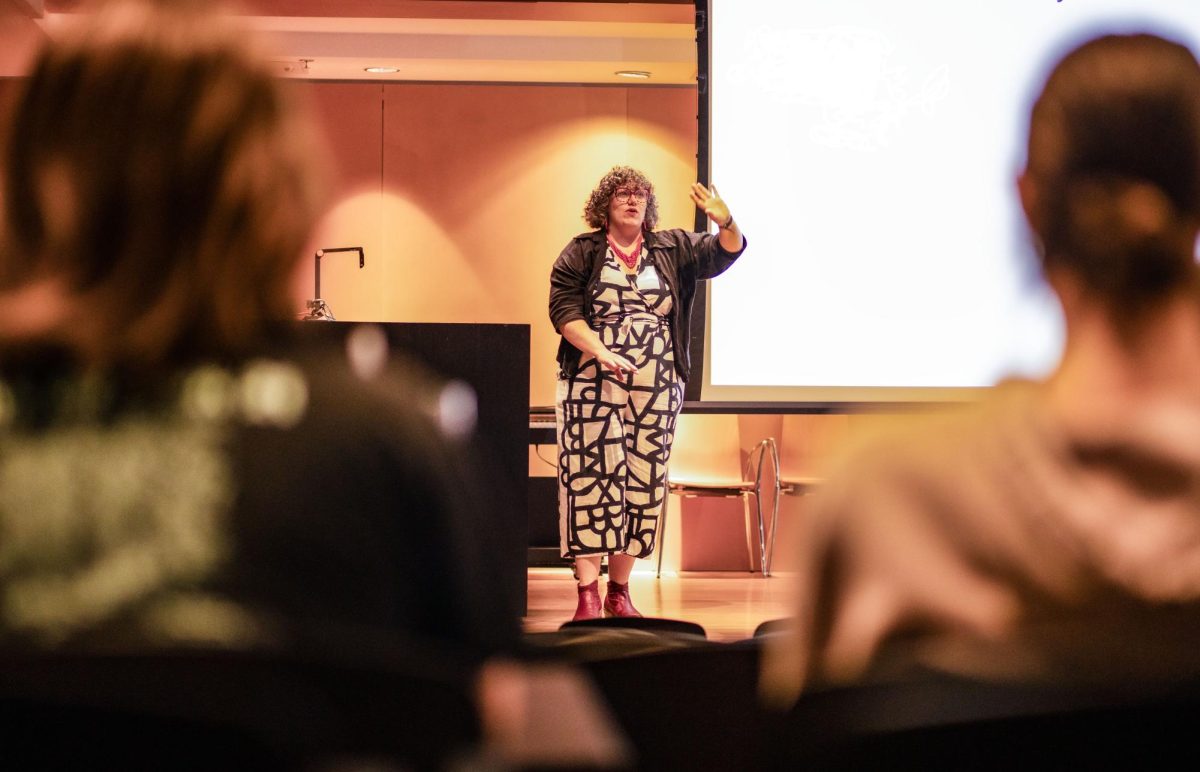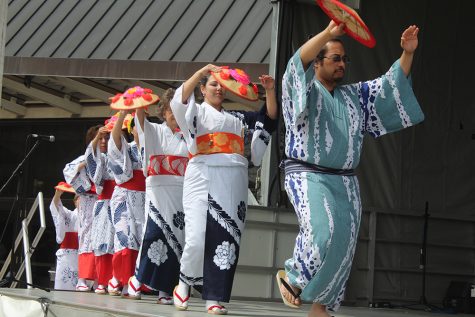Tibetan Monks at Field Museum
Tashi Lhunpo Monks to bring Buddhism, Tibetan Culture and Message of Peace to Chicago’s Field Museum
Seven Tibetan monks from Tashi Lhunpo Monastery, seat of His Holiness the Panchen Lama, will be creating a sand mandala at Chicago’s Field Museum June 12-15, from 10am – 2pm daily.
The monks will create the Amitayus Sand Mandala representing the Diety of Long Life. The public is invited to attend the opening ceremony on Thursday, June 12, and then visit each day to witness the mandala as it’s created. On Sunday, June 15, the mandala will be completed. It will then be dismantled following a closing ceremony at approximately 2pm. Everyone is welcome to join in the procession to the lake where the sand will be dispersed.
This is the first tour by Tashi Lhunpo monks in the US. Due to the political situation in Tibet, Tashi Lhunpo Monastery has been reestablished in South India under the direction of His Holiness the Dalai Lama. Among the monks in the US are teachers, Lamas, and monks who fled Tibet as refugees. Chinese authorities imprisoned one monk, Venerable Sogyal, for seven years for producing posters and leaflets condemning China’s intervention in the search for the new Panchen Lama. Even with the difficulties Tibetans face, the monks have a wonderful optimism they share with all who meet them.
The Tashi Lhunpo monks are in the U.S. to familiarize the West with the culture, land and people of Tibet and the monastery, and to raise money for the monastery and its work. The tour’s supported by donations with all proceeds going to the monastery. Donations will be accepted during the mandala creation as the museum is not providing funding for the project.
In Tibetan, the art of creating a mandala is called dul-tson-kyil-khor, which means “mandala from colored powders.” Millions of grains of sand, hand ground from white marble then dyed, are painstakingly laid into place through a metal funnel to represent the floor plan of a sacred mansion.
Mandalas have outer, inner and secret meaning. The outer level represents the world in divine form. The inner level represents a map by which the ordinary human mind is transformed into an enlightened mind. The secret level represents the primordially perfect balance of the body’s subtle energies and the clear light dimension of mind.
The mandala begins with an opening ceremony featuring religious chants, musical instruments, and religious objects. The monks create the mandala from the center and work the design outward. Once the mandala’s completed time for dismantling arrives. Sands are swept from the outside toward the center, symbolizing how in old age and at death everything returns to the primordial source at the center of the heart. In the closing ceremony, the sand is carried to a nearby body of water where it’s placed to carry the mandala’s message to wherever the water flows.
Mandalas are created whenever a need for healing the environment and living beings is felt. The monks consider our present age to be one of great need and are creating mandalas where requested throughout their North American tour to strenghten the forces of goodness and light.
Mandala times are:
June 12: 11pm Opening Ceremony, mandala creation until 2pm
June 13-14: 10am – 2pm Mandala construction
June 15: 10am – 2pm Mandala completion, Closing Ceremony 2pm
Tashi Lhunpo is seat to the Panchen Lama, the second most important spiritual leader of Tibet. In May 1995 the 11th Panchen Lama, Gedun Choekyi Nyima, the six-year-old boy identified by His Holiness the Dalai Lama as the 11th Panchen Lama, disappeared. In May 1996 Chinese leadership admitted to holding him and his family in “protective custody.” After repeated attempts to gain access, no international agencies or human rights organizations (including the United Nations) have been allowed to visit Gedun Choekyi Nyima or his family. Their condition remains uncertain.
The monks offer prayers wherever requested for specific purposes, and as blessings. Blessings are recited in traditional overtone chanting and accompanied by delicate hand gestures, cymbals, drums and horns. Blessings may be recited for a house, the evolution of the soul of a friend or relative who has passed on (including animals), the clearing of karma, the pacification of negative energy, world peace, individual or global healing, financial security, spiritual evolution, the development of wisdom, and the removal of obstacles. These ceremonies are special in Tibetan culture and give a personal insight into Tibetan and Buddhist culture.
His Holiness the Dalai Lama endorses the tour. A letter from His Holiness can be found on the Tashi Lhunpo website.
For information on Tashi Lhunpo Monastery please see:
For information on blessings, press interviews, and for other questions, please contact:
Sherri Fries
703-237-8733
Tashi Lhunpo Monastery is planning a 2004 US and Canadian tour in conjunction with the North American visit of His Holiness the Dalai Lama. If you’re interested in more information, please contact [email protected]










































